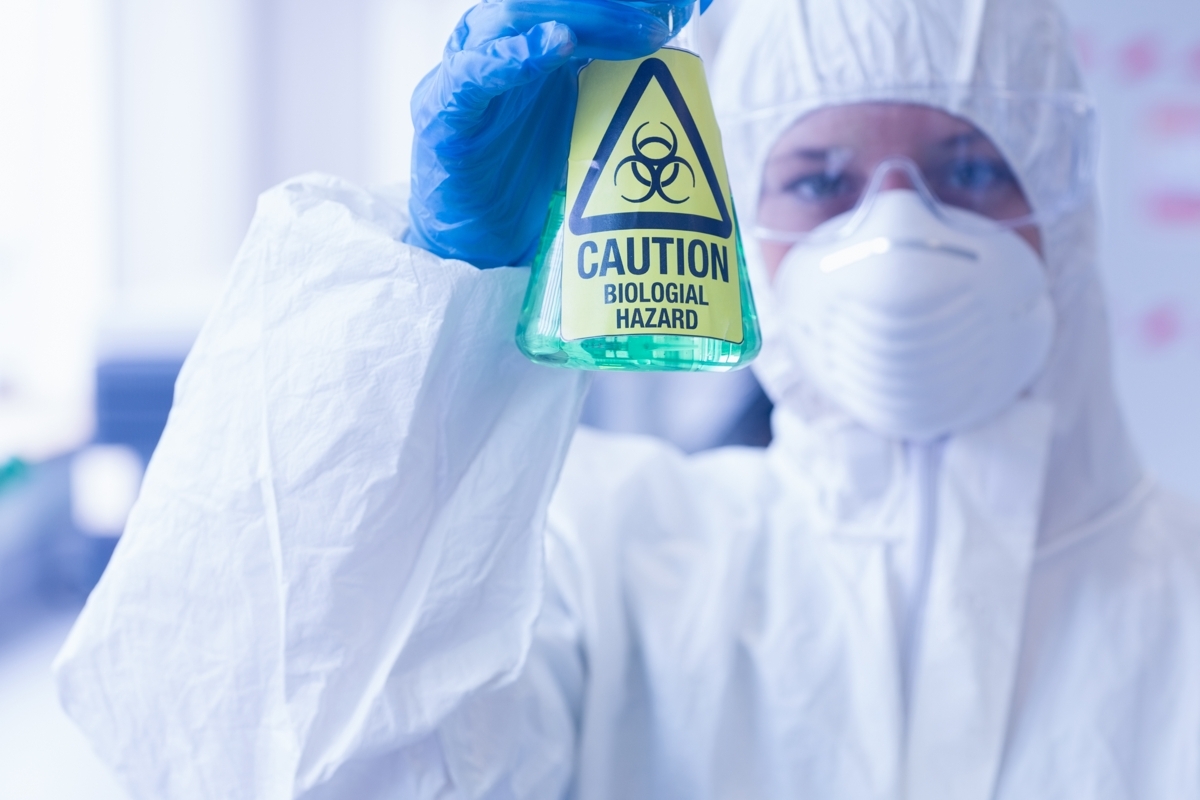
New Regulatory Updates as of December 2022:
Suppliers have until December 15, 2025, to update their labels and Safety Data Sheets (SDSs) to meet these new rules.
| Update | Why It Matters |
|---|---|
| NEW: “Chemicals Under Pressure” hazard class | Covers pressurized products other than aerosols—think foams and pastes that can blast or burst. |
| “Flammable Aerosols” → “Aerosols” | Adds a non-flammable category; no more guesswork on those “propellant-only” cans. |
| Flammable Gases split into 1A & 1B | Explicitly captures pyrophoric and chemically unstable gases—critical for labs and process plants. |
| Fine-tuned criteria for reproductive toxins and water-activated toxicants | Sharper classifications mean fewer blind spots in SDSs and training. |
How Does WHMIS Classification Work?
Suppliers must check if their products meet hazard criteria under the Hazardous Products Act. If a product is hazardous, it must have:
- A proper label
- A Safety Data Sheet (SDS) provided to buyers
Employers making hazardous products for their own use must also classify hazards and provide labels and SDSs to workers. When classifying material, use the following checklist:
- Determine Hazard Status: Use the Hazardous Products Act criteria. If it’s hazardous—even for in-house blends—classification is non-negotiable.
- Create Compliant Labels: Supplier or workplace labels must reflect the new classes and categories.
- Publish Up-to-Date SDSs: Every buyer and employee gets the latest 16-section SDS, with Section 2 highlighting the revised hazard ID.
Expert Tip: Don’t wait for December 15, 2025. Inspectors will expect progress well before the clock runs out.
Hazard Groups & Classes
WHMIS divides hazards into two main groups:
1. Physical Hazards
Based on a product’s potential to cause fires, explosions, or other dangerous reactions.
| Hazard Class | Main Concern |
|---|---|
| Flammable Gases (1A/1B) | Can ignite easily (includes pyrophoric & unstable gases) |
| Aerosols | Pressurized cans that can explode or ignite |
| Flammable Liquids/Solids | Can catch fire easily |
| Oxidizing Gases/Liquids/Solids | Can make fires worse or cause explosions |
| Gases Under Pressure | High-pressure risks (explosion if heated) or extreme cold (cryogenic burns) |
| Self-Reactive Substances | Can explode or ignite on their own |
| Pyrophoric Liquids/Solids | Can catch fire instantly in air |
| Organic Peroxides | Can cause fires or explosions if heated |
| Corrosive to Metals | Can damage metal surfaces |
| Combustible Dusts | Fine particles that can explode if ignited |
| Chemicals Under Pressure (NEW) | Pressurized chemicals (not aerosols) that can burst |
2. Health Hazards
Based on a product’s ability to harm health (short-term or long-term).
| Hazard Class | Main Concern |
|---|---|
| Acute Toxicity | Can be deadly if swallowed, inhaled, or touched |
| Skin/Eye Damage | Causes burns, irritation, or blindness |
| Respiratory/Skin Sensitizers | Can trigger allergies or asthma |
| Carcinogenicity | May cause cancer |
| Reproductive Toxicity | Can harm fertility or unborn babies |
| Organ Toxicity (Single/Repeated Exposure) | Can damage liver, kidneys, lungs, etc. |
| Aspiration Hazard | Can cause choking or lung damage if swallowed wrong |
| Biohazardous Infectious Materials | Contains harmful bacteria/viruses |
How Are Hazards Ranked?
Each hazard class has categories (numbered 1, 2, 3, etc.) or types (A, B, etc.).
- Category 1 = Most severe hazard
- Category 2 = Less severe than Category 1
Some exceptions (e.g., “Gases Under Pressure” categories describe physical state, not hazard level).
How Do I Know If a Product Is Hazardous?
Check the label and Safety Data Sheet (SDS):
- Section 2 (Hazard Identification) of the SDS lists the hazard class and category.
- Pictograms and hazard statements tell you what precautions to take.
*Disclaimer: While we strive for accuracy, always verify with official sources. This simplified guide helps workers and employers understand WHMIS requirements easily. Stay safe!
Ready to Upgrade Your WHMIS Program?
Whether you handle one drum or a fleet of tankers, our certified WHMIS solutions align with the latest federal and provincial requirements—and give your team the confidence to handle any chemical safely.
